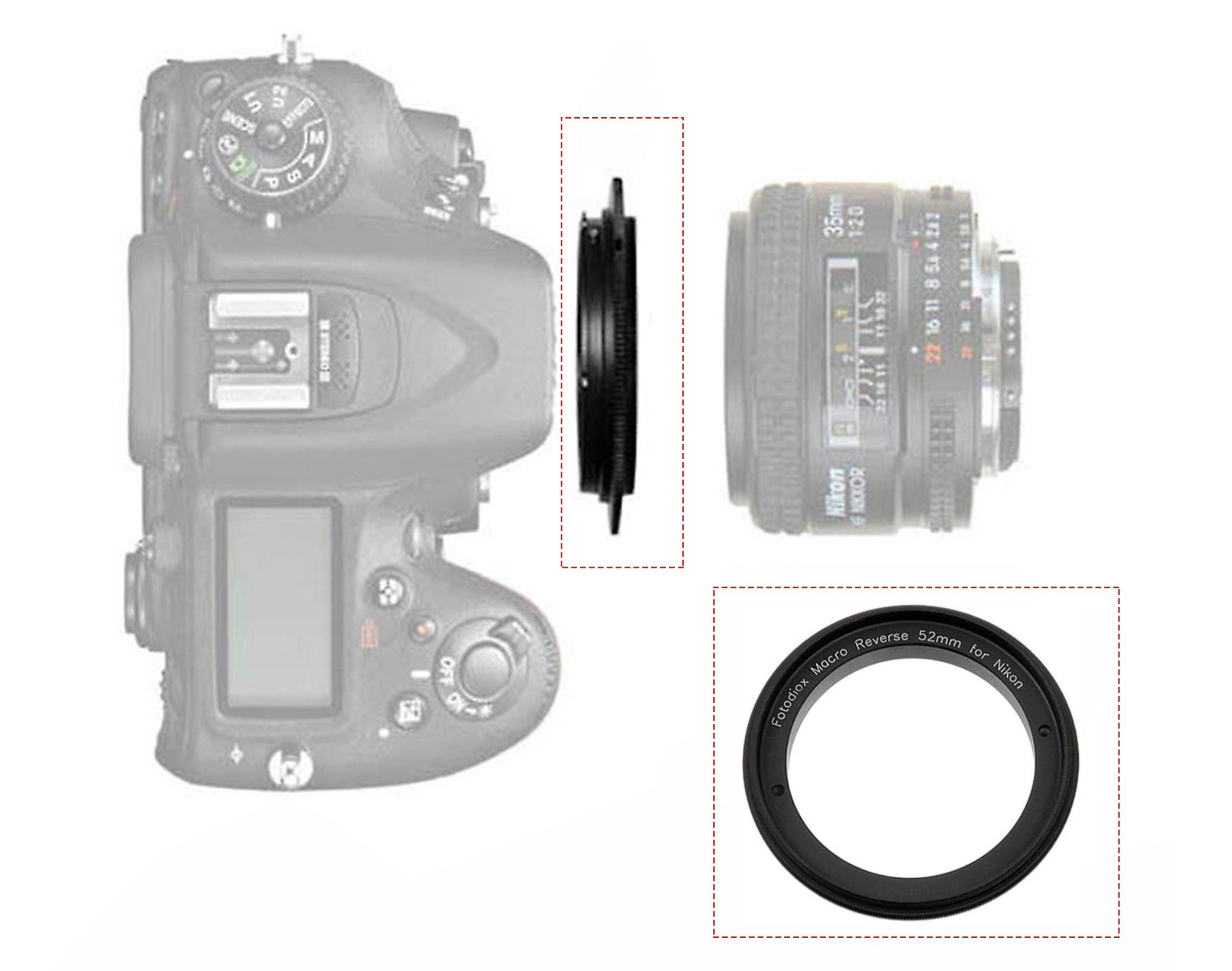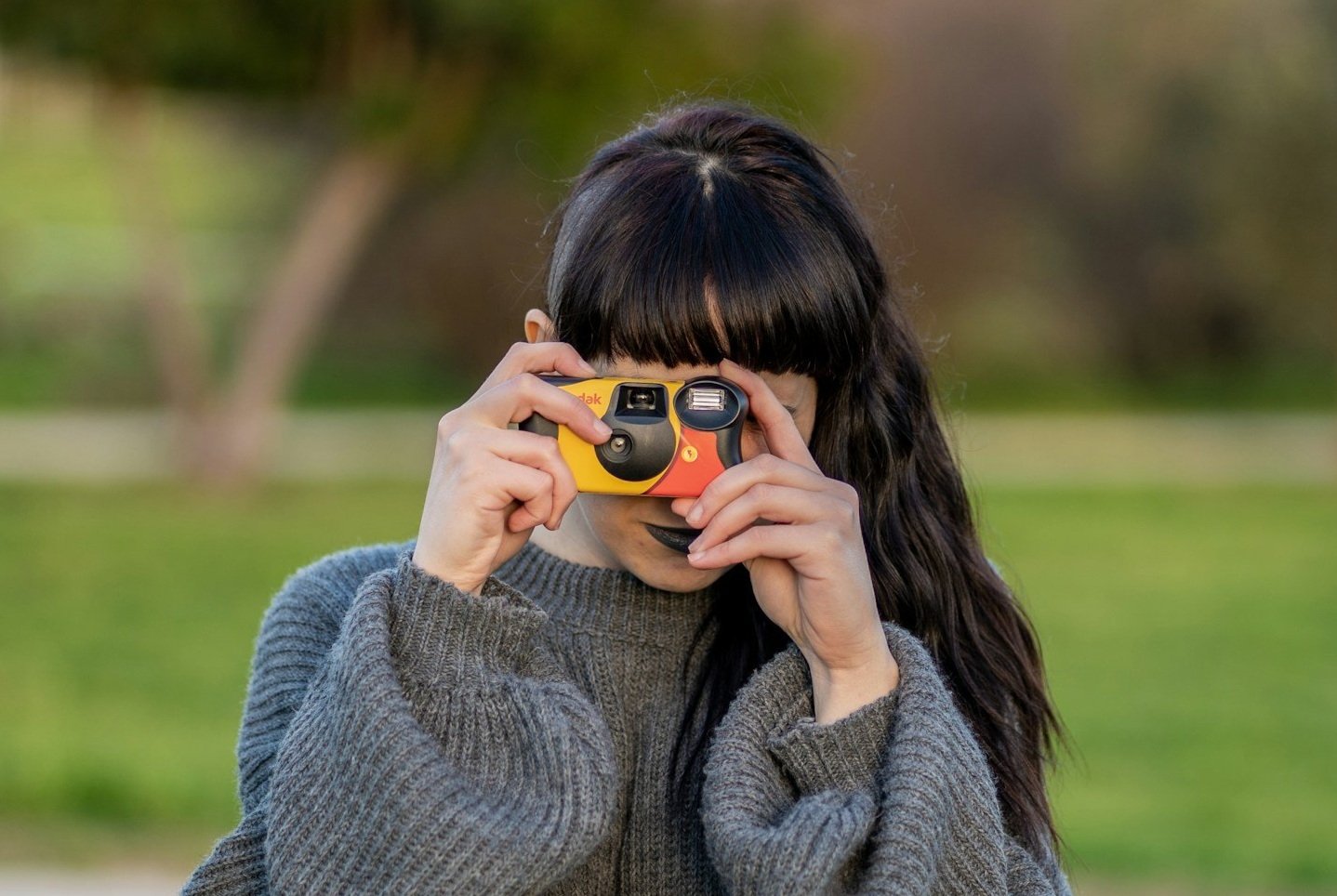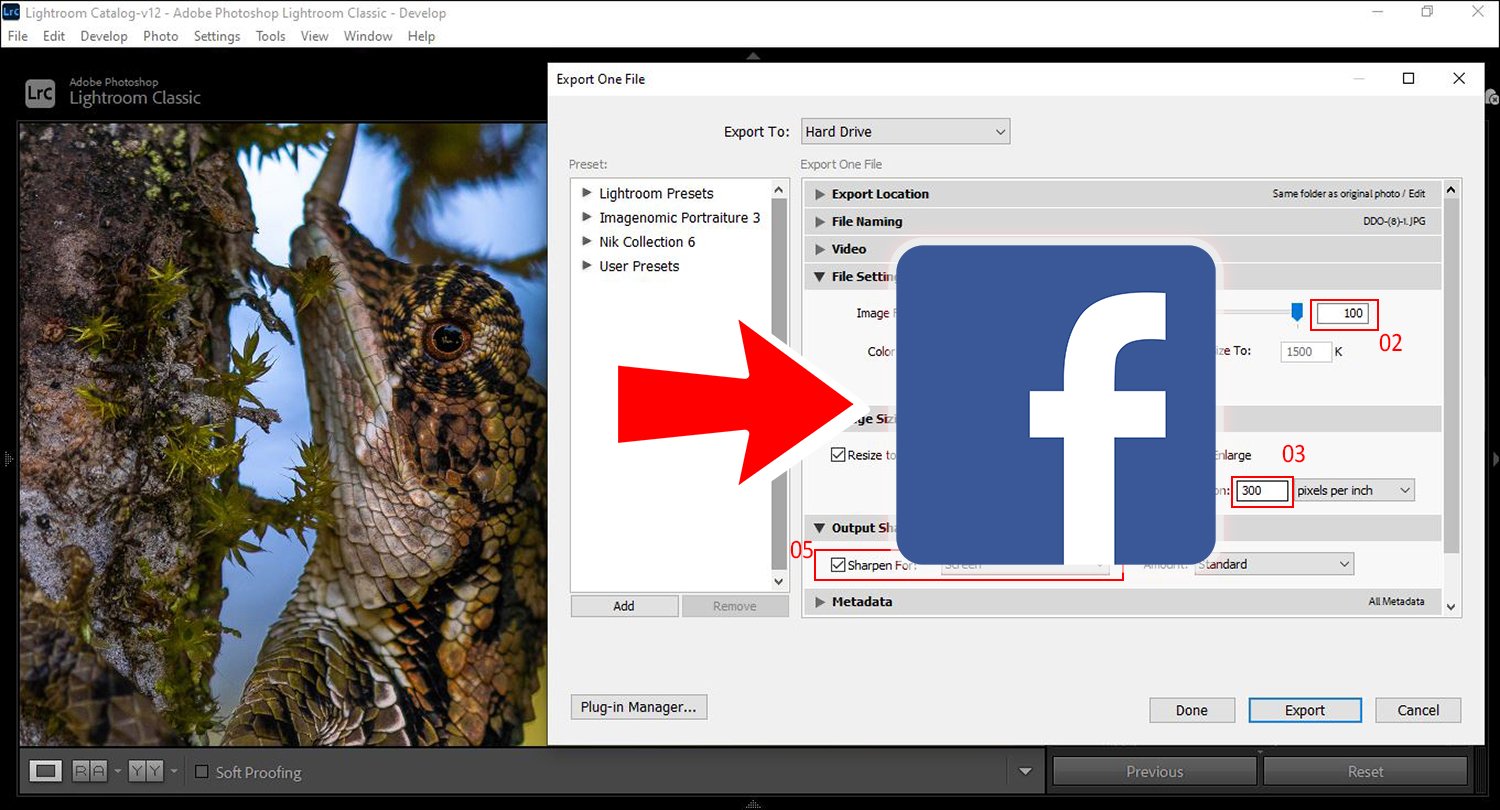Macro Photography on a Budget with Reversed Lenses
Do you need to learn about "Macro on a Budget and unveil the secrets of the reverse lens technique? Embarking on the captivating journey of macro photography need not break the bank. In this guide, we unravel the wonders of the reverse lens technique, an affordable solution that brings the intricate world of macro photography within your grasp.
Whether you're a photography enthusiast or a budding shutterbug, join us as we explore the simplicity and cost-effectiveness of reversing rings.
What is the Reverse Lens Technique?
Macro photography often demands specialized lenses or dedicated macro modes, but these can be expensive or lack the desired magnification. Enter the reverse lens technique, a budget-friendly alternative that offers a creative solution to capture the tiny wonders around us.
Setting Up Reverse Lens Technique:
Reversing rings play a crucial role in implementing the reverse lens technique. These simple devices allow you to mount your lens backward on the camera, opening up a world of macro possibilities. With lens mount on one side and filter threads on the other, reversing rings are affordable and portable, making them an ideal addition to your camera gear.
Variables in Reversing Rings:
When venturing into reverse lens photography, two key considerations are essential. First, ensure you choose a reversing ring specific to your camera mount. Second, match the thread size to the filter size of the lens you intend to reverse. Understanding these variables sets the stage for a seamless reverse-lens setup.
Benefits of Reversing Rings:
Why opt for reversing rings in your macro photography endeavors?
Cost and Portability:
Reversing rings are budget-friendly, offering a cost-effective entry into macro photography. Their portability makes them easy to carry in your camera bag, ready to be utilized for captivating macro shots when a dedicated macro lens is unavailable.
Optical Quality:
Maintain the optical quality and light-gathering power of your reversed lens. Unlike some alternatives, reversing rings preserve the original lens's performance, delivering high-quality macro results.
Compatibility:
The simplicity of reversing rings allows you to use any lens with the same filter thread size. This versatility eliminates brand and focal length restrictions, providing creative freedom for macro enthusiasts.
Possible Drawbacks of Reversing Rings:
While reversing rings offer an economical path to macro photography, it's essential to be aware of potential drawbacks.
Focus Field:
Unlike dedicated macro lenses designed for a flat focus field, non-macro lenses may exhibit a curved focus field. This can result in sharpness falloff away from the center, impacting edge-to-edge sharpness.
Electronic Limitations:
Modern lenses with electronic focus and aperture control may pose limitations when used with reversing rings. Adjusting focus and aperture becomes challenging, making manual lenses or older lenses with mechanical features more suitable.
Fragility:
Reversing rings expose the rear of the lens to potential hazards, as it now becomes the front element. Care must be taken to avoid damage to sensitive electronic components, and the working distance with macro subjects is limited.
Magnification and Tips for Use:
Reversed lenses, particularly those with shorter focal lengths, can achieve more than 1:1 (life-size) magnification. The Internet offers magnification calculators for reversed lens setups, allowing you to explore the possibilities.
Tips for Use:
Utilize manual lenses with mechanical features for ease of use.
Experiment with depth of field, considering the ultra-shallow depth that comes with higher magnification.
Normal or wide-angle lenses are friendly to reversing rings, with shorter focal lengths offering greater magnification.
Conclusion:
In conclusion, the reverse lens technique with reversing rings opens up a realm of macro photography without the need for an expensive macro lens. This budget-friendly approach allows you to explore and capture the intricate details of the miniature world around you. So, reverse your lens, unlock new perspectives, and delve into the fascinating world of macro photography on a budget.
Stay tuned for more in our 'Macro on a Budget' series, where we explore additional tools and techniques for up-close photography.*
Search the blog:


















